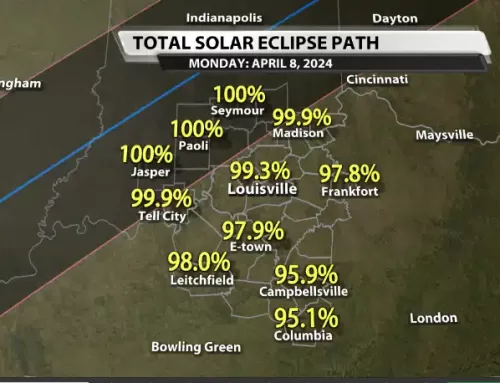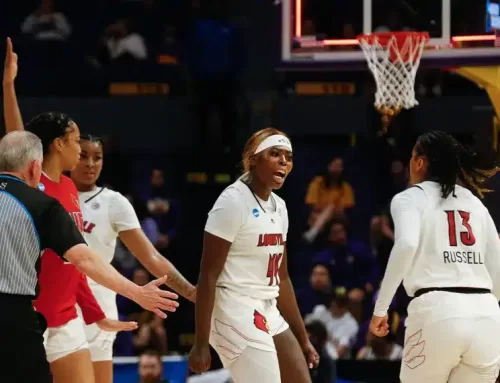By Emily Lewis–
Next year, people everywhere across America have the opportunity to see a total solar eclipse for the first time since 1979. The Great American Solar Eclipse will only be visible in America on Aug. 21, 2017.
U of L alumni and retired NASA employee Fred Espenak – also known as “Mr. Eclipse” – describes the witnessing of a total solar eclipse as “the most spectacular natural phenomenon you will ever see with the naked eye.”
Espenak gave his opinion on the phenomenon at the Bullitt Lecture in Astronomy held on Oct. 13 in Comstock Concert Hall. The lecture focused on the time, location and rarity of the eclipse.
The lecture opened with a history of Espenak’s experience with solar eclipses and when he first got bit by the eclipse bug. Espenak describes that this solar eclipse is so special because the total solar eclipse will be visible to over 50 percent of Americans who are less than a 200-mile drive away. The eclipse will take place strictly across America, with the best viewing spot being in Hopkinsville, Kentucky.
Espenak described what makes a solar eclipse so special. When the moon is in the new moon stage and in perfect alignment with the sun it creates a gorgeous twilight state across the affected area and allows people to see the solar corona with the naked eye – this can only be seen during times of a total solar eclipse and is not captured well in video or photographs.
U of L astronomy professor Gerard Williger was enthusiastic about the lecture.
“There are a lot of logistics. I’ve been putting together the Bullitt Lectures since 2016 and it’s hard work, but it’s worth it to educate and explore,” Williger said. Williger also indicated that a shift in the academic calendar year would be beneficial to the students and all of those who wanted to witness the eclipse to “look, learn and enjoy.”
“The calendar should be moved so that everyone could have the opportunity to see the eclipse,” U of L student Kirstin Wolgast said.




